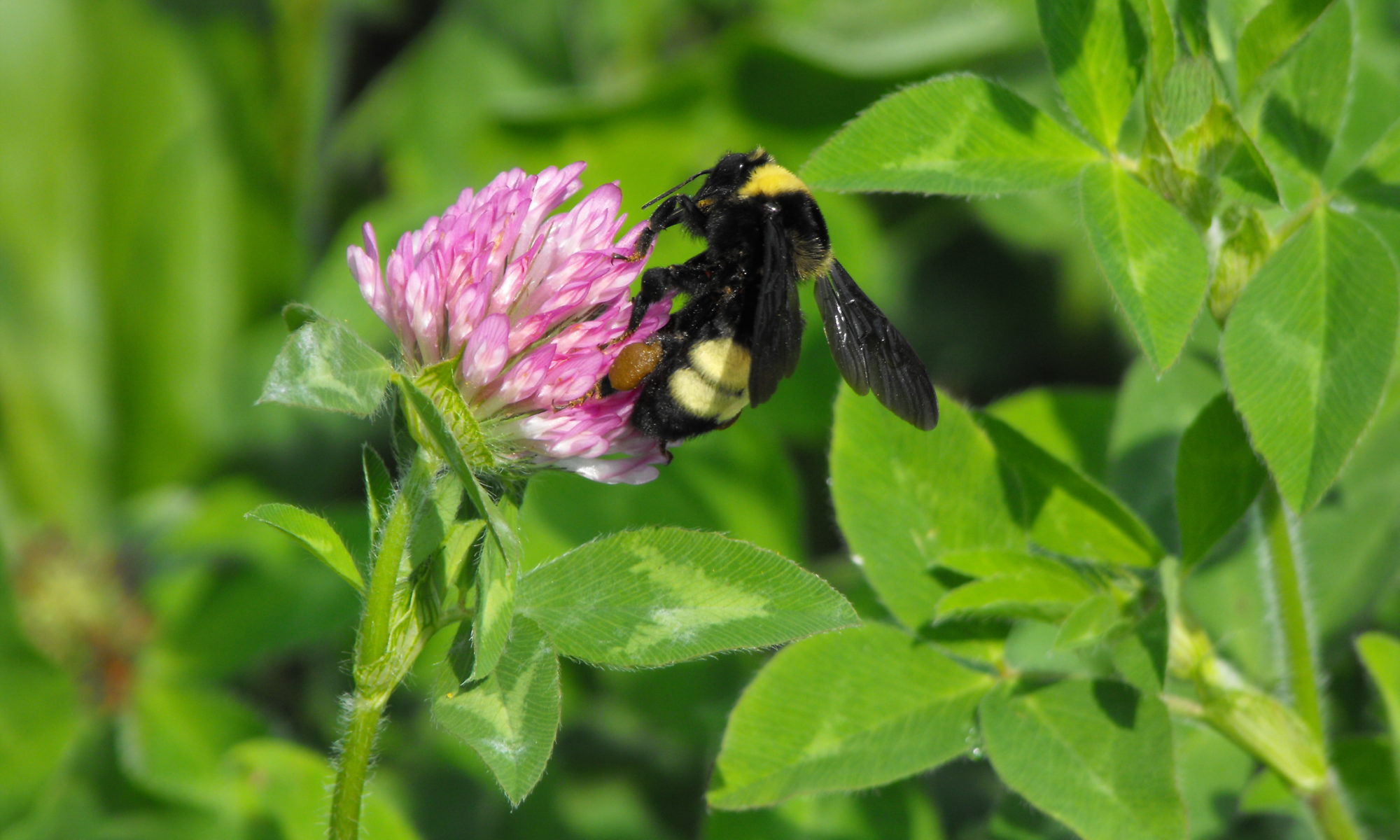

Dr. Gary Bates
Director and Professor
UT Beef & Forage Center
P: 865-974-7324
Here is a useless fact about me. One of my favorite songs is “Will It Go Round in Circles” by Billy Preston. If you don’t know the song, you should go hunt it up on the internet. If you know the song, you should still go hunt it up, since it may have been a while since you listened to it. I’m not much of a dancer, but when I listen to that song, I can’t keep my toe from tapping.
I listened to the song this morning because February is the article that needs to discuss planting clovers in your pastures, and I have written on this topic over and over and over. Regardless of what we do the rest of the months, we always circle back to clovers in late winter. I struggle with how to write something new on the topic. But maybe I don’t need to come up with something new. A good recommendation does not need to be “updated”, just like a good song from 50 years ago is still a good song.
Why are clovers so important? One of the best reasons to use clovers in grass pastures and hayfields is the addition of nitrogen from the clovers. Research has shown that a tall fescue/clover field can yield the same as a tall fescue field fertilized with 60 pounds of N per acre. That can result in significant money savings. At the same time, the nutrient content of the forage that comes from this mixture can contain 2-3 percent more protein and 5 percent or more energy. The result is cows in better condition and greater weaning weights from calves.
Another reason for the improved cattle performance from animals grazing tall fescue/clover mixtures is the decrease in the effects of the tall fescue endophyte. This fungus inside the tall fescue plants has been shown to reduce a cow herd’s calving percentage, decrease calf weaning weight, and generally decrease the health of a herd. The cause is due to alkaloid compounds found in the plants the animals are consuming. Adding clover will decrease the amount of alkaloids in the tall fescue, as well as decrease the amount the animals are consuming. Adding clovers will not totally eliminate fescue toxicosis, but it will minimize the effects of the endophyte.
What are the steps to getting a good stand of clover? Consistently getting a good stand of clover requires paying attention to a few simple guidelines. First, make sure that any tall fescue stubble is removed prior to seeding. Tall fescue taller than two inches will result in shading of the young clover seedlings and a reduction in establishment. Have the pasture or hayfield grazed or mowed down below two inches.
Plan on seeding during the last two weeks of February. At this point the tall fescue will be dormant and there should be open spaces in the sod so the clover seed can come in contact with the soil. Also, there is a good chance that we will have another freeze or two, which will also help with soil to seed contact.
Plant two pounds of white clover and four pounds of red clover per acre. This can be either drilled or broadcast. If you are going to drill, be sure to check seeding depth. You don’t want to place the seed more than 1/8 inch deep. Any deeper will reduce clover establishment.
Following these simple guidelines should help you keep a good stand of clover. Doing this about every third or fourth year should ensure a good stand of clover that will improve your animal and forage production program.
